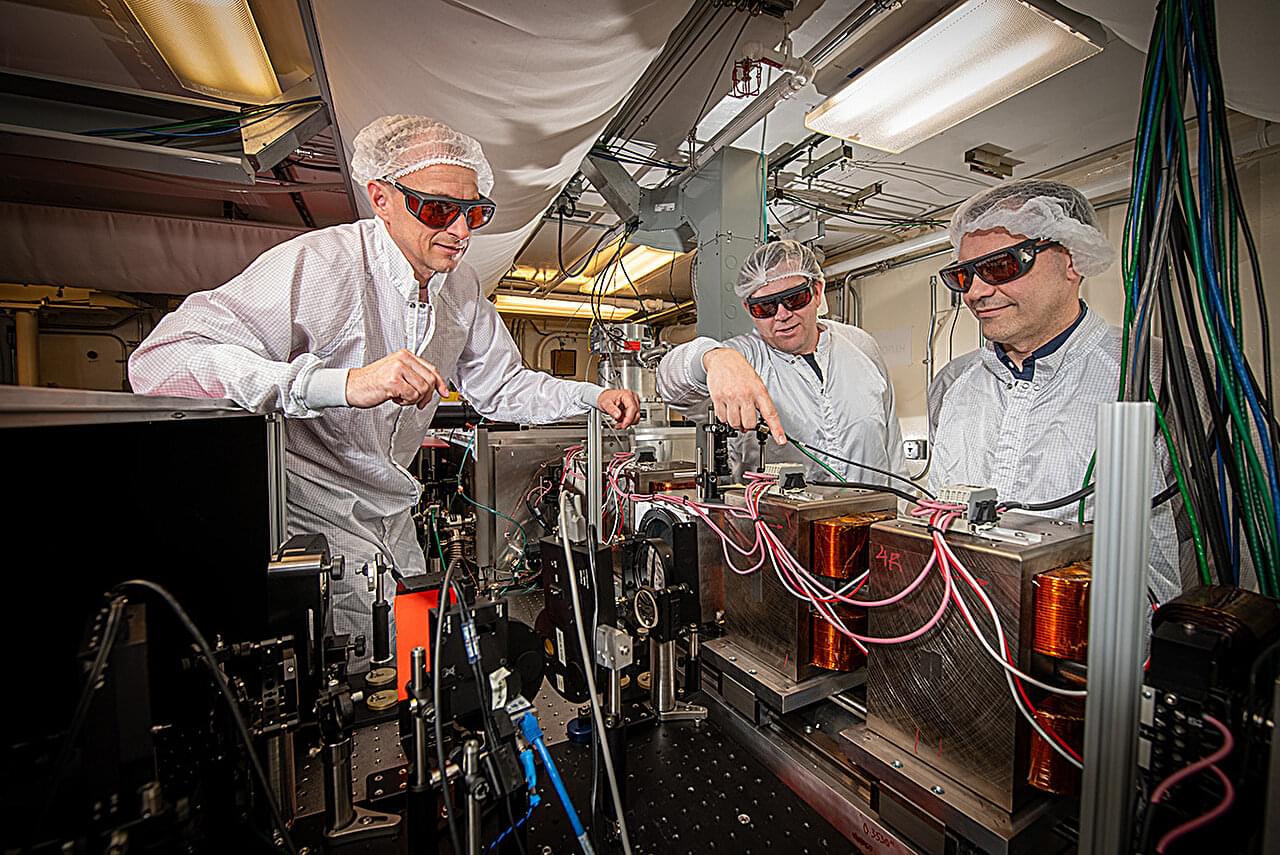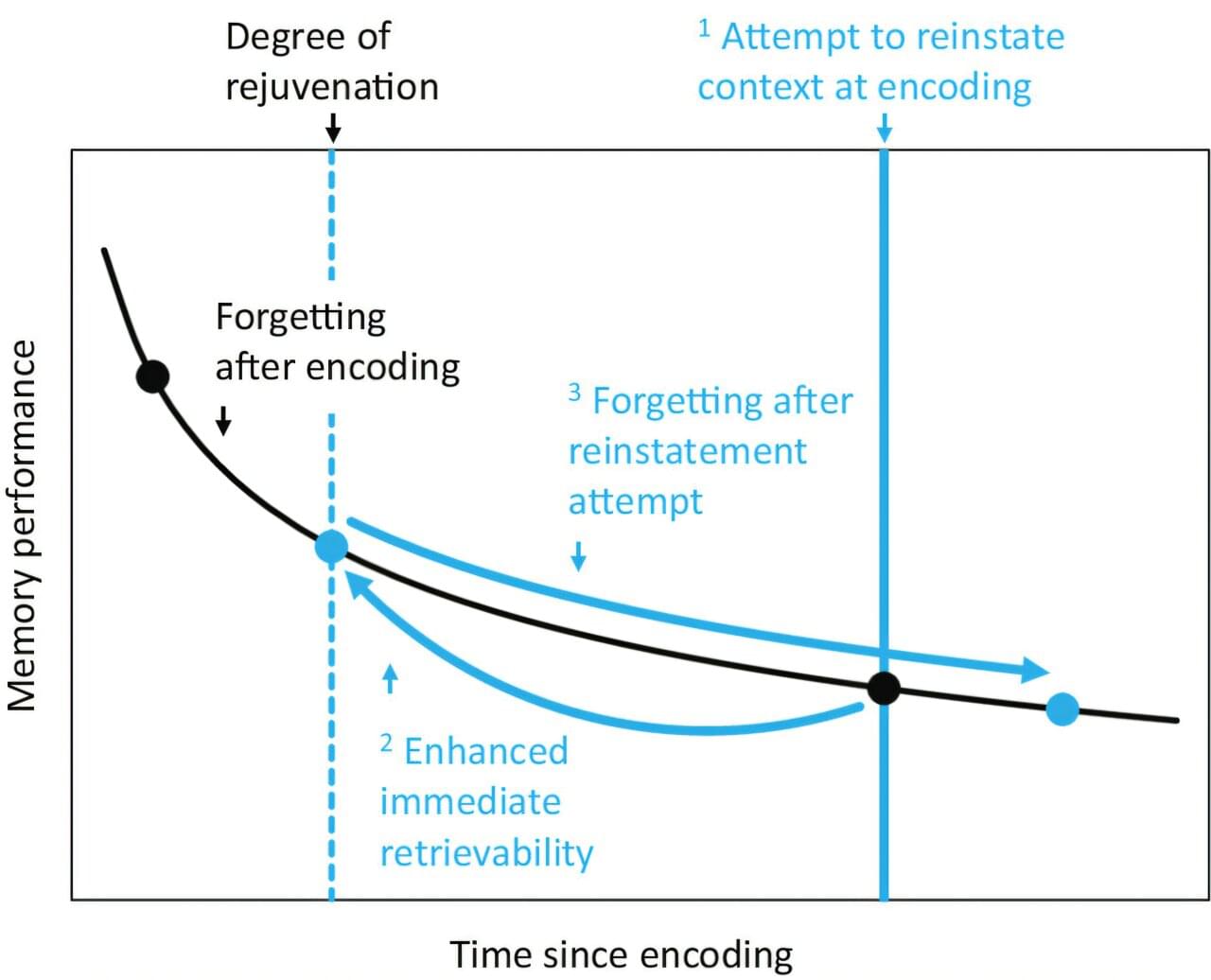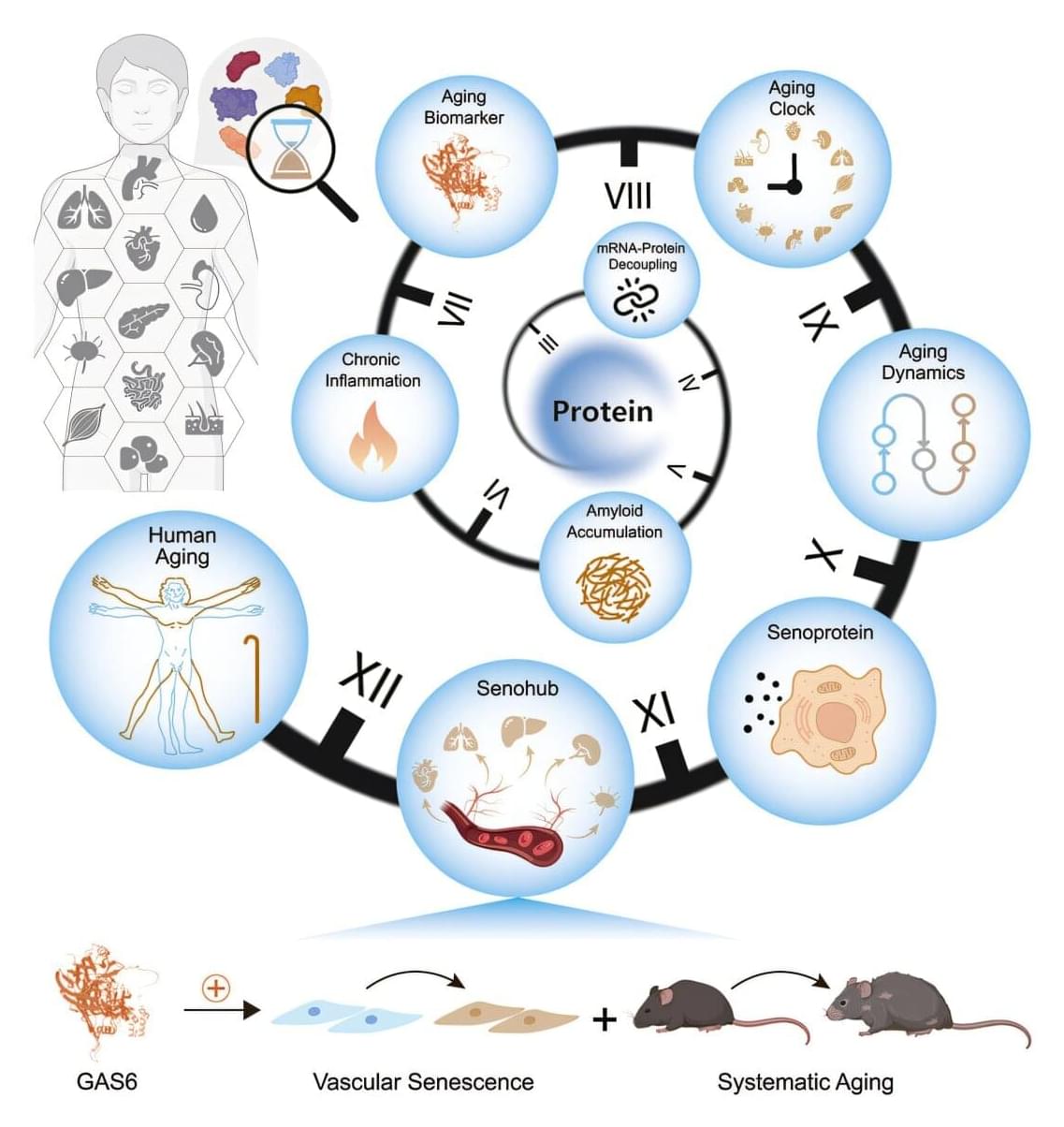Li, D., Li, J., Johann, D.J. et al. Augmenting precision medicine via targeted RNA-Seq detection of expressed mutations. npj Precis. Onc. 9, 182 (2025). https://doi.org/10.1038/s41698-025-00993-8


Li, D., Li, J., Johann, D.J. et al. Augmenting precision medicine via targeted RNA-Seq detection of expressed mutations. npj Precis. Onc. 9, 182 (2025). https://doi.org/10.1038/s41698-025-00993-8

An international team of astronomers reports the discovery of a new long-period radio transient, which received the designation ASKAP J144834−685644 (ASKAP J1448−6856 for short). The newfound transient is a crucial addition to the still short list of sources of this type. The finding was detailed in a paper published July 17 on the arXiv preprint pre-print server.
Long-period radio transients (LPTs) are an emerging class of periodic radio emitters, with ultralong rotation periods (ranging from minutes to hours) and strong magnetic fields. Although some observations have suggested that these transients may originate from rotating neutron stars with extremely strong magnetic fields (magnetars) or magnetic white dwarfs, their true nature still baffles astronomers.
The Australian Square Kilometre Array Pathfinder (ASKAP) is a 36-dish radio-interferometer in Australia, operating at 700 to 1,800 MHz. One of its scientific goals is the characterization of radio transient sky through the detection and monitoring of transient and variable sources.

Researchers at Rice University have engineered E. coli to act as living multiplexed sensors, allowing these genetically modified cells to detect and respond to multiple environmental toxins simultaneously by converting their biological responses into readable electrical signals. This innovation opens the door to real-time, remote monitoring of water systems, pipelines and industrial sites with potential future applications in biocomputing.
A new study published in Nature Communications demonstrates an innovative method for the real-time, on-site detection of arsenite and cadmium at levels set by the Environmental Protection Agency.
This research, led by Xu Zhang, Marimikel Charrier and Caroline Ajo-Franklin, addresses a significant inefficiency in current bioelectronic sensors, which typically require dedicated communication channels for each target compound. The research team’s multiplexing strategy greatly enhances information throughput by leveraging bacteria’s innate sensitivity and adaptability within a self-powered platform.


New research by scientists from the U.S. Department of Energy’s Lawrence Berkeley National Laboratory (Berkeley Lab), in collaboration with scientists from TAU Systems Inc., has brought the promise of smaller and more affordable X-ray free-electron lasers one step closer to reality.
X-ray free-electron lasers (XFELs) are powerful light sources and are typically large research instruments. Scientists use them to probe nature’s secrets at the atomic level, enabling advances in medicine, biology, physics, materials, and more. The push to develop more compact and less expensive XFELs is expected to increase the number of facilities that will be able to implement this technology, greatly expanding its impact across many areas of science.
“As part of this effort, we are applying our long-standing expertise in a type of advanced accelerator called laser plasma acceleration to shrink XFELs,” said Sam Barber, a staff scientist in Berkeley Lab’s Accelerator Technology & Applied Physics (ATAP) Division. “In addition to standalone light sources, exceptionally high-quality electron beams from plasma accelerators could be injected into existing XFELs to significantly extend their performance.”

Immediately after the Big Bang, which occurred around 13.8 billion years ago, the universe was dominated by unimaginably high temperatures and densities. However, after just a few seconds, it had cooled down enough for the first elements to form, primarily hydrogen and helium. These were still completely ionized at this point, as it took almost 380,000 years for the temperature in the universe to drop enough for neutral atoms to form through recombination with free electrons. This paved the way for the first chemical reactions.
The oldest molecule in existence is the helium hydride ion (HeH⁺), formed from a neutral helium atom and an ionized hydrogen nucleus. This marks the beginning of a chain reaction that leads to the formation of molecular hydrogen (H₂), which is by far the most common molecule in the universe.
Recombination was followed by the “dark age” of cosmology: although the universe was now transparent due to the binding of free electrons, there were still no light-emitting objects, such as stars. Several hundred million years passed before the first stars formed.

Several studies have indicated that forgotten memories may not be as irretrievable as once thought. Memory appears to be closely tied to the context in which it was encoded. Consequently, remembering smells, sounds and other environmental cues, as well as any feelings experienced during the time the memory was formed can help to recall the memory. However, these memory studies have not sufficiently determined how this kind of contextual memory recall is forgotten after recall.
As most people are aware, retrieving a memory normally becomes more and more difficult as time goes on, but the rate of forgetting actually declines over time in a nonlinear manner due to ongoing memory consolidation. In other words, humans will forget an event at a faster rate within the first few days or weeks, and then the forgetting levels off somewhat and less of the memory is lost over longer time periods.
In a new study, published in the Proceedings of the National Academy of Sciences, a group of German scientists sought to determine if retrieving memories with “mental time travel” can restore the retrieval and forgetting rate to how they were shortly after encoding. To do this, they recruited 1,216 participants to undergo two different memory experiments.

A multi-institutional team led by the Chinese Academy of Sciences has constructed a proteomic atlas of human aging across 13 organs, revealing tissue-specific aging clocks, transcriptome-proteome decoupling, and secreted proteins that may accelerate systemic decline.
Organ-specific aging and deterioration drive vulnerability to chronic diseases. Previous studies focused primarily on plasma proteins or DNA methylation profiles. No investigation has systematically mapped how protein quality control deteriorates differently across tissues identified organ‑specific biological age biomarkers.
In the study, “Comprehensive human proteome profiles across a 50-year lifespan reveal aging trajectories and signatures,” published in Cell, researchers designed a multi-tissue proteomic analysis, charting organ-level protein dynamics and aging-related biomarkers across five decades of adult life to construct a longitudinal proteomic atlas of human aging.

Lithium is considered a key ingredient in the future commercial fusion power plants known as tokamaks, and there are several ways to use this metal to enhance the process. But a key question remained: How much does it impact the amount of fuel trapped in the walls of tokamaks?
According to new research from a global collaboration spanning nine institutions, the dominant driver of fuel retention is co-deposition: a process where fuel is trapped alongside lithium. Co-deposition can happen with lithium that is directly added during plasma operations, or lithium that has been previously deposited on the walls, only to wear away and be redeposited.
The research also showed that adding lithium during operation is more effective than pre-coating the walls with lithium in terms of creating an even temperature from the core of the plasma to its edge, which can help create the stable plasma conditions needed for commercial fusion.

Used as a versatile material in industry and health care, magnesium oxide may also be a good candidate for quantum technologies. Research led by the U.S. Department of Energy’s (DOE) Argonne National Laboratory and published in npj Computational Materials reveals a defect in the mineral that could be useful for quantum applications.
Researchers are exploring possible building blocks, known as qubits, for systems that could exploit quantum properties. These systems could operate in various devices that may outperform classical supercomputers, form unhackable networks or detect the faintest signals.
Unlocking the potential of qubits for applications such as quantum computing, sensing and communications requires an understanding of materials on the atomic scale.